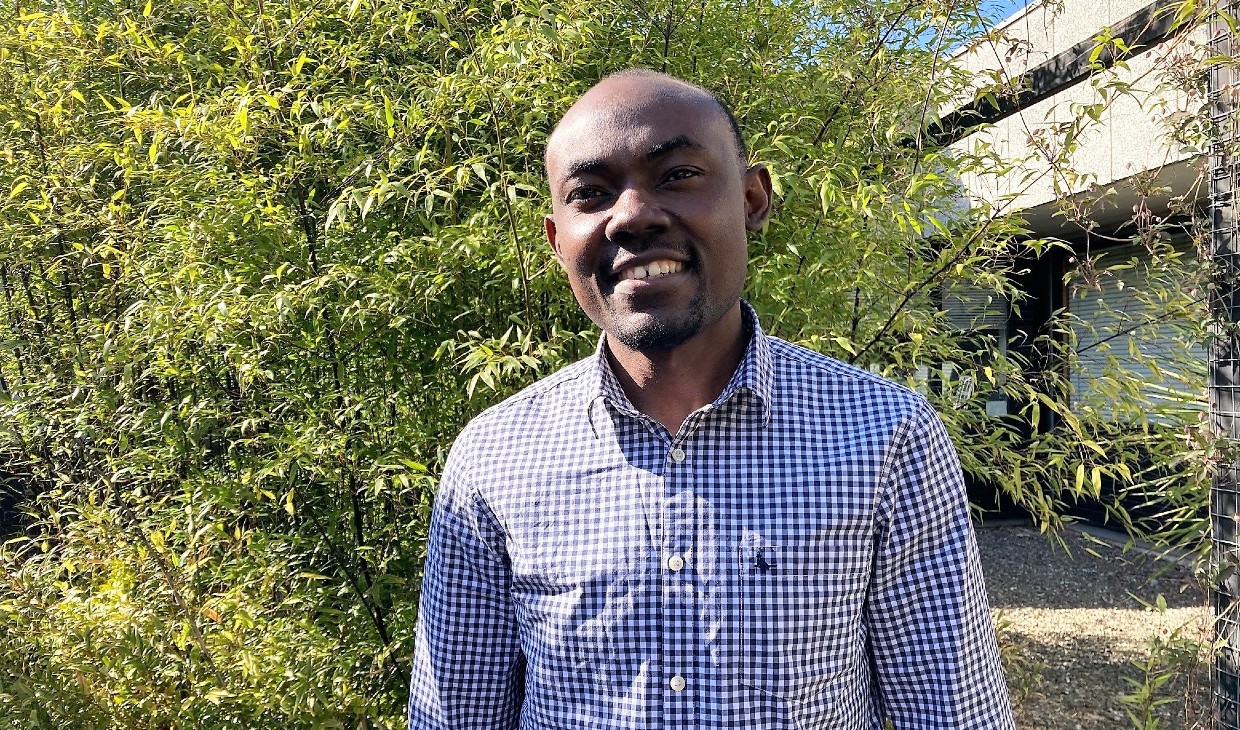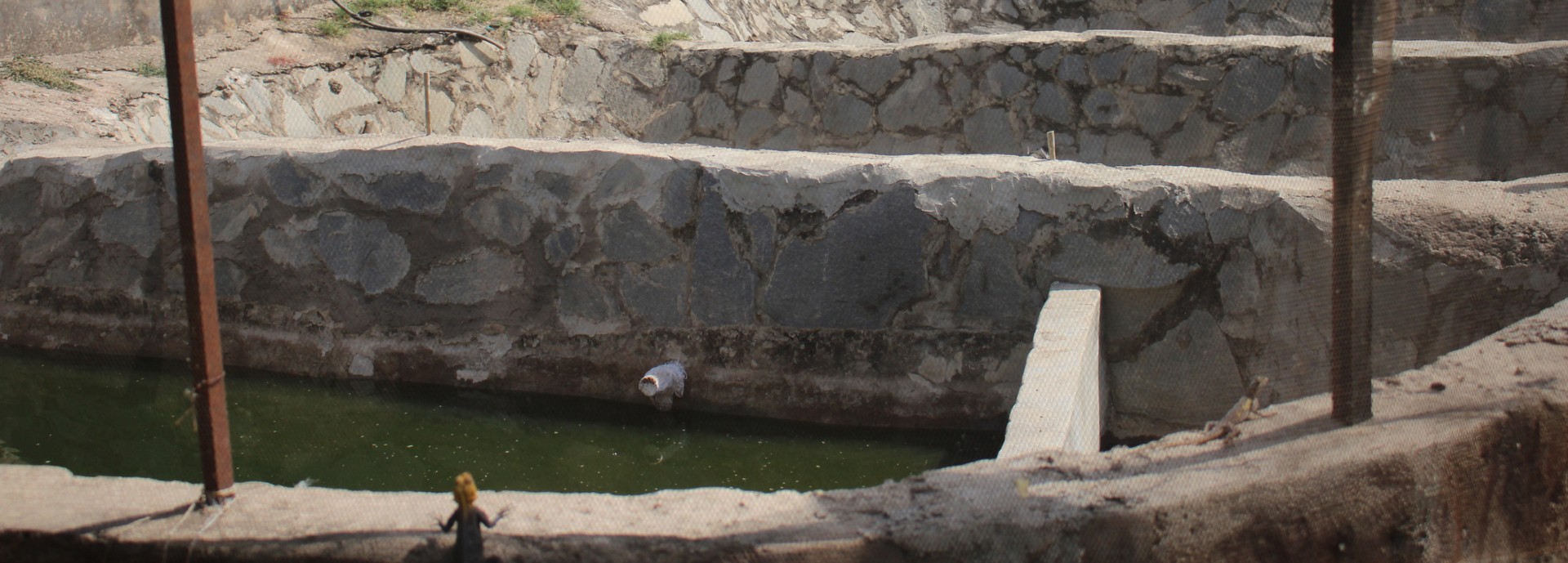Researchers have analysed how Nigeria can achieve its target of producing 2.5 million tonnes of farmed fish annually, and believe their work could provide similar insights in other countries.
Experts from the University of Stirling’s Institute of Aquaculture (UK) used scenario analysis for the first time at a national scale for aquaculture in Africa to examine the changes required to meet Nigeria’s target, set in 2017.
Fish is one of the cheapest sources of protein, and is already making a significant contribution to feeding Nigeria’s growing population, yet the current production of farmed fish is around 300,000 tonnes per annum. The industry is often overlooked compared to agriculture – the mainstay of Nigeria’s economy - and its main export, crude oil, the researchers said.

Suleiman Yabuku of the Institute of Aquaculture
Suleiman Yakubu, PhD researcher at the Institute of Aquaculture, said: “Nigeria is the second largest producer of farmed fish in Africa after Egypt, yet we still have some way to go before we can achieve the 2.5m tonnes aquaculture potential estimated by the government. We wanted to answer the question, is this achievable by 2035? And if so, how can it be done in a sustainable way?”
Addressing barriers
The researchers began by using stakeholder interviews to identify four priority constraints: cost and availability of fish feed; land use; policy intersection and research investment.
They then used scenario analysis – a mix of qualitative and quantitative modelling principles – to assess what combinations of factors would put Nigeria on track towards its target.
Mr Yakubu said: “Only one of the wide range of scenarios tested allowed Nigeria to achieve its potential in relation to the critical factors.
“Firstly, improving farmers’ access to quality fish feed through the development of local feed resources is necessary. At the moment, more than half of fish feed is imported, which is prohibitively expensive and inefficient.
“Secondly, promoting aquaculture to be part of land use classification in Nigeria would allow the activity to be included in land use zoning plans, and to designate expansion areas for larger production systems. Currently, around 80 percent of fish farming in Nigeria is in small-scale ponds in urban and peri-urban areas, with no room for expansion, and no way of monitoring it.”
“Thirdly, the aquaculture sector interacts with several other policy areas – such as import policy, land use, water use and poverty alleviation – so those intersections must be incorporated into planning.
“Lastly, investment in research is essential to better link researchers with the aquaculture industry, in order to increase productivity and yield, while improving our understanding of the impacts of climate change. All of these would eventually reduce aquaculture production costs in the country.”
Planning for change
Scenario analysis has been used to explore the potential of aquaculture on global and regional scales, but not yet on a national level in Africa, which the researchers say is more useful to understand and plan for the changes that need to happen.
“Our modelling shows that if things continue as they are, Nigeria will see only marginal development of its aquaculture sector in comparison to where it aspires to be,” said Mr Yakubu.
Professor Trevor Telfer, PhD supervisor on the research, said: “Aquaculture is expanding rapidly, as is the world’s population, and can offer a sustainable, low-input way of feeding people. Using data in this way to model scenarios offers an innovative method for governments and industry to plan collaboratively for the sustainable expansion of complex sectors such as aquaculture.”
The research was funded by the Commonwealth Scholarship Commission. The paper, Scenario analysis and land use change modelling reveal opportunities and challenges for sustainable expansion of aquaculture in Nigeria, is published in Aquaculture Reports.

